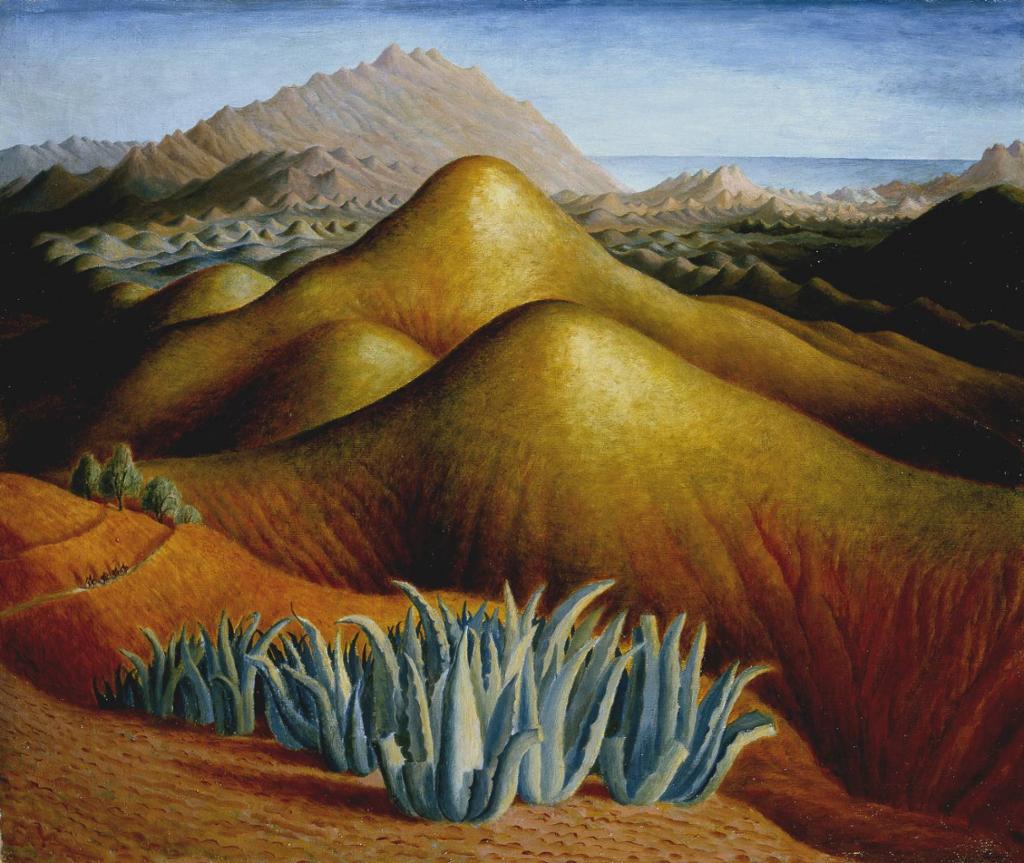Hills Like White Elephants by Ernest Hemingway

By following the link below, you will open a pdf file of Ernest Hemingway's short story 'Hills Like White Elephants'. You will also find the short story by searching for it online.
In this short story, there is a lot that is said between the lines, so you should read the story more than once. First, read the text quietly on your own. Then read it in a group and divide the dialogue between you.
Clicking this link opens a pdf file of Ernest Hemingway's short story 'Hills Like White Elephants'
Work with a partner or in a group. Discuss the questions below.
The story takes place at a railway station in Spain. The station is placed between two railway lines, with trains going in each direction. What is the symbolic meaning of this setting and how does it help explain the message of the story?
There is very little context or background information about the characters, and very few character descriptions in the short story. Why do you think Hemingway has chosen to present the characters in this way? From the information you are given, what can you assume about the characters?
In the story the male character is referred to as a ‘man’, while the female character is a ‘girl’ – what does this suggest about their relationship?
What kind of operation is the couple talking about? What is the unwanted gift (the white elephant) in the story?
How would you describe the communication between the two characters? Do they communicate well? Do they actually listen to what the other person is saying?
At what point in the dialogue do you notice the tension between the couple? At what point does it become confrontational?
Elaborate on how the idiom 'white elephant' is used as a metaphor in the story. What makes us aware of the way the man and the woman think differently about 'the white elephant'?
This is one of the world's most famous short stories. Why do you think it is so popular?
What did you like about the short story?
What did you not like about the short story?
Study the information about Ernest Hemingway's writing style in the expandable box below.
Study the short story carefully and find examples that are typical of Ernest Hemingway's writing.
Write a short text about Ernest Hemingway's writing style in 'Hills Like White Elephants'.
Make a stage adaptation of the short story. Rewrite the story into a manuscript for a short play with dialogues for the characters. Learn the lines by heart and rehearse the dialogue with your group.
Make a film of your performance or act it out in front of your class. It could also be recorded as a radio play, using sounds and background music to set the atmosphere.
Choose one of the tasks.
Use the short story as inspiration to write your own short story set in our time.
What do you think happens next? Continue the story, from either the girl or the man's perspective.
Write a literary analysis of the short story where you focus on its themes and symbols.
Relatert innhold
A Clean, Well-lighted Place is a short story by Ernest Hemingway.